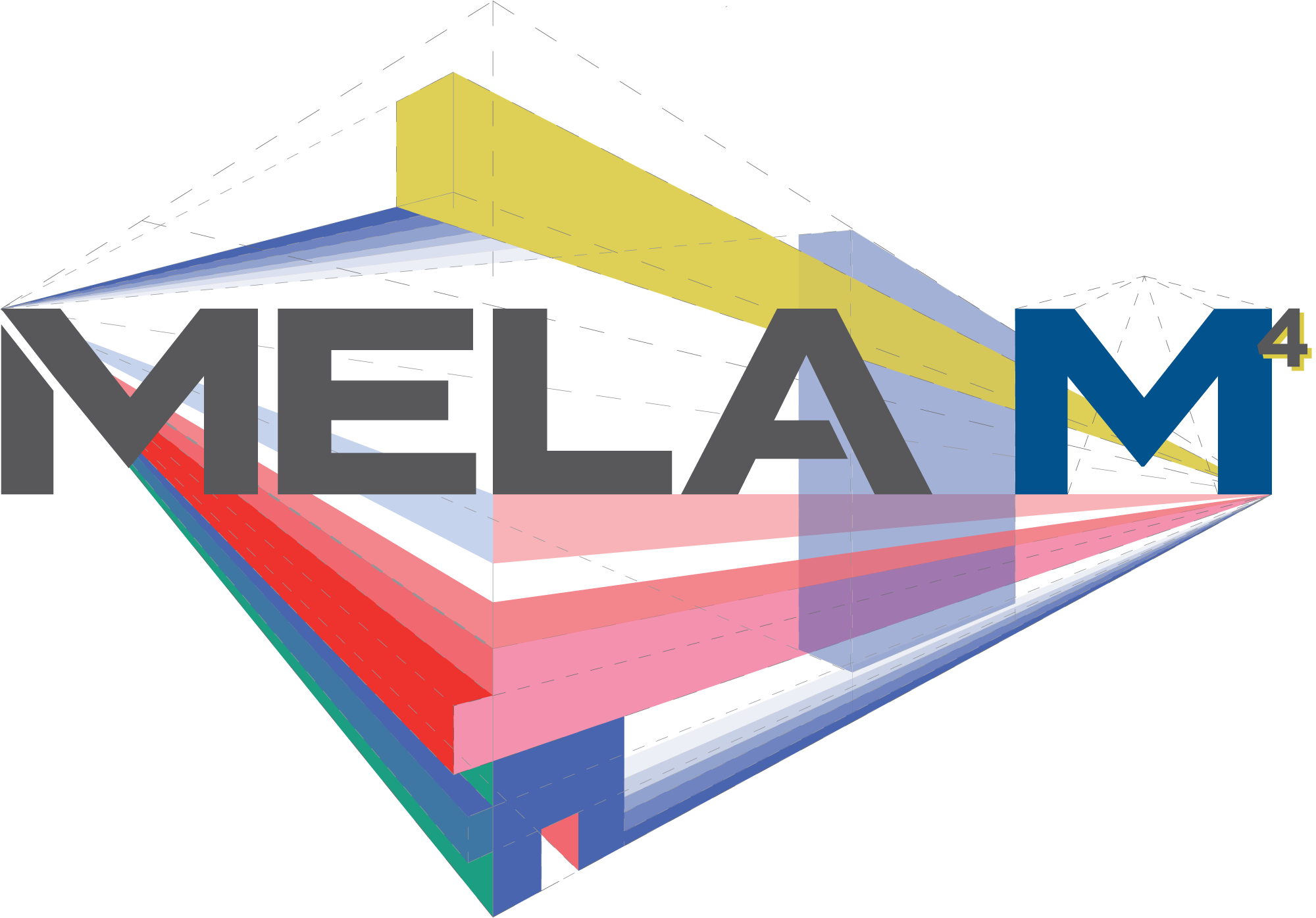As an artist, Mela M has been and will continue to be my professional name. At times people invariably ask about the standalone M as my artist name. In part, I use the M as a way of denoting a more neutral but all-inclusive and cosmopolitan worldview. As opposed to the narrow and potential divisiveness that comes with arbitrary or stereotypical classifications based on political, national, institutional or other biased human perspectives. In other words, to me, M is a multi-layered mystique driven tribute to that historical challenge that every artist has faced or knows: The freedom of artistic expression!
I have been influenced by the geometric shapes of Frank Stella and Tony Delap. In architecture, I have been inspired by Steven Hal, Maya Lin and Iraqi-British architect Zaha Hadid.
I also love the works of my professor, mentor and friend, the late Roland Reiss, the works of James Terrell and Sol LeWitt, to name some of the artists who inspired me.
I am grateful and honored to say that my work has earned National and international recognition in over 22 solo exhibitions, 30 museum group shows and over 160 select group exhibitions in galleries and universities. I have exhibited my work at the National Art Center and Museum in Tokyo, Japan, the Metropolitan Art Center in Japan, the Cultural Association of Rome in Italy, the Mark Chagall Museum in Belarus, the Hudson Valley MOCA in New York and MOAH in Lancaster, California.
Among my residencies, I had the experience of living in Japan where I made an exhibit of new works during a three-month placement in Yokohama. My work is in several permanent collections including the Long Beach Museum of Art in California, the Southwest Oregon College at Coos Bay, MOCA Minsk, and more recently MOAH in Lancaster California where my sculptural installation is on permanent display. As mentioned above I have two MFA degrees including one from Claremont Graduate University in California.
In addition, I have been recognized and honored with numerous prizes, awards and written articles, essays and commentary by prominent art critics. My work was published in New American Paintings, Art Scene, Crocker Art Museum Catalogue, New York Times: the Long Island Edition and – (Japanese catalogues) and many more. Also, as referenced above, I have been a college professor and a curator.
Concerning my philosophy about the power and nature of art, I want to mention that Leonardo da Vinci once said that art is the ”Queen of all sciences”. Because any discipline that investigates the nature of reality eventually becomes an art. Art teaches us about new ways to see the world and a new way to think about reality. Art begins with the contemplation of new images. These images comes from the imagination and new images help us see into our unconscious from which imagination is made manifest as a creative process. All human creations have originated from someone’s imagination via this process.
I learned during my work both as a volunteer for abused women in a shelter facility and as a teacher for neglected children and adolescents recovering from drug addiction, that art can work magic. Even during the worst of circumstances these people were able to produce artwork that was truly remarkable and exceptional. This gave them, as it gives anyone, an avenue to express their imagination and reveal the better angels of their nature as well as their higher self. Art became their “language” to express those deeper aspects of their personality. Art gave them access to a non-verbal language that helped identify and describe deeper existential issues. Issues that were unique to each individual.
My artistic thrust has evolved over the last two decades to working on shaped and painted wood panels. I have been asked if my work represents painting or sculpture. My answer is they are neither paintings nor sculptures. They are both and, as both, they are neither. But the sum of the two results in a whole that is greater than these two components. I build unorthodox shapes by hand which gives me a freedom to explore new ways of accessing the angles and surfaces. Hence, I am not limited by conventional flat frameworks. After cutting, planing and sanding, I paint these architectural pieces with high intensity acrylic paint to create very prismatic and vibrant colors in multiple geometric shapes, lines and textures.
The late art historian Dr. Jeanne Willette wrote that my art “…started from flat and progressed to three dimensional forms…” and that it “…wants us to reconsider what it means to build, to make, to construct, in the most literal sense of the word, a place for humans to live”. She noted that I “…build everything carefully by hand, piece by piece as an extremely precise act of craft “.
Mela with Marc Straus, 1st Annual Juried Exhibition, Hudson Valley MOCA, New York, August 10-September 8, 2019

